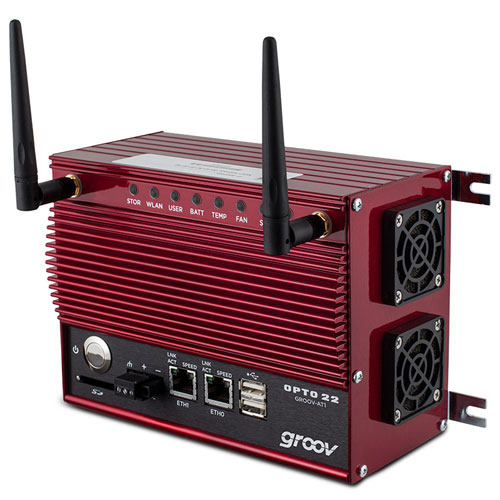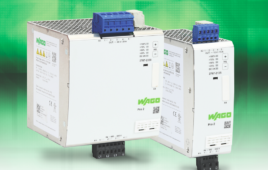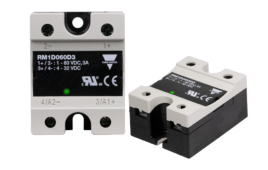Opto 22 has announced groov, a new way to build, deploy, and view simple, effective, and scalable operator interfaces to monitor and control systems and equipment using computers and mobile devices. Using only a modern web browser, groov securely lets industrial automation end-users, system integrators, machine OEMs, building managers, technicians, or any authorized person quickly build and deploy browser-based interfaces for automation, monitoring, and control applications. These operator interfaces can then be viewed on almost any computer or mobile device regardless of its manufacturer or operating system, including PCs, tablets, smartphones, and even smart high-definition televisions. groov is intended to augment traditional human-machine interfaces (HMIs) by making important information available at any time and in any location.
groov reduces the time, complexity, and cost usually associated with mobile HMI development by operating completely within a modern web browser and running on a secure and industrially hardened network appliance. groov offers a simple yet flexible environment for developing operator interfaces with zero programming, and requires no per-seat runtime or viewing licenses. Overcoming the biggest challenge in developing for multiple screen sizes, groov automatically and gracefully scales all screens, page objects, and gadgets, allowing groov HMIs to be viewed and manipulated from virtually any device of any screen size.
groov works with modern web browsers like Internet Explorer, Firefox, Chrome, Safari, or Opera running on operating systems including iOS, Android, Microsoft Windows, Mac OS, and Linux. groov benefits from the capabilities of these browsers by using the latest web standards like HTML5, CSS3, and SVG. And while many competing technologies depend on additional software or browser plug-ins like Flash, Silverlight, or Java to work, groov requires no additional software or plug-ins, simplifying deployment.

Networking and Interface Development
The heart of the groov system is a secure industrial appliance called the groov Box, which runs groov software. All network communication between a web browser and the groov Box uses an encrypted secure sockets layer (SSL) over an HTTPS connection. The groov Box does not respond to any other communication methods on any other ports.
groov connects to Opto 22 SNAP PAC automation systems and OptoEMU energy monitoring products over a separate and segmented wired or wireless Ethernet network, adding a secure barrier for control systems. Support for the OPC-UA protocol is planned in 2013 and will allow groov to communicate with systems from other manufacturers that offer an OPC-UA server.
The simple and flexible development environment, groov Build, dramatically reduces the time needed to build interfaces when compared to traditional HMI screen building tools. groov Build includes a library of scalable, touchscreen-ready gadgets: gauges, buttons, range indicators, text entry, sliders, and trends. Images and real-time video from network IP cameras—also fully scalable—can also be added. Designed to support HMI best practices, groov Build includes the tools necessary to build high-performance, intelligible information and control screens like those defined by the High Performance HMI Handbook (Hollifield et al.) and the ASM (Abnormal Situation Management) Consortium Guidelines, Effective Operator Display Design.

groov Components
The groov system includes the groov Box, groov Build, groov View, and the optional apps groov View for iOS and groov View for Android.
- groov Box is a small-footprint network appliance designed for industrial environments; it interfaces with control systems and runs the groov software. The groov Box includes three separate, independent network interfaces: two 1-Gbps Ethernet interfaces and one 802.11b/g/n wireless interface.
- groov Build is the software used to create an interface in a browser.
- groov View is the software used to run an interface in a browser.
- groov View for iOS and groov View for Android are optional free apps that display the operator interface full screen and without browser menus. These apps make an interface look like a native app for the device, and are ideal for mobile devices used in kiosk applications.
Opto 22
www.opto22.com
Filed Under: Factory automation, Displays • HMIs • operator interfaces • monitors, ELECTRONICS • ELECTRICAL





Tell Us What You Think!